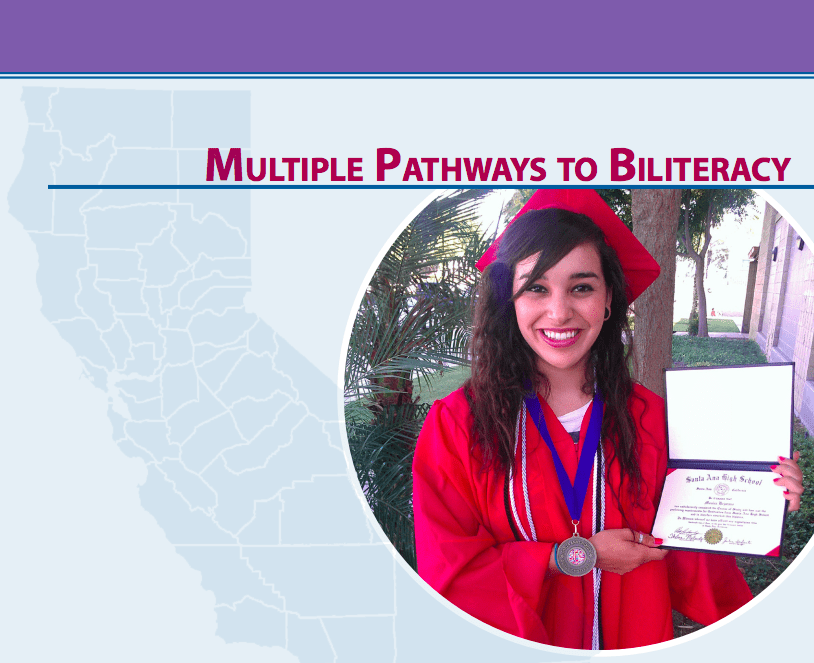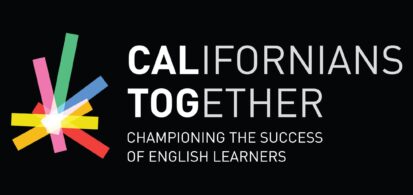
This publication describes this new effort as a campaign across California to develop strong, articulated, equitably accessible preschool through high school programs and learning opportunities that will prepare students with high level proficiency in two or more languages. Contained in the document is guidance for districts interested in implementing multiple pathways to biliteracy (K-12) and a description of language learning opportunities and programs for districts to consider.
$10.00
